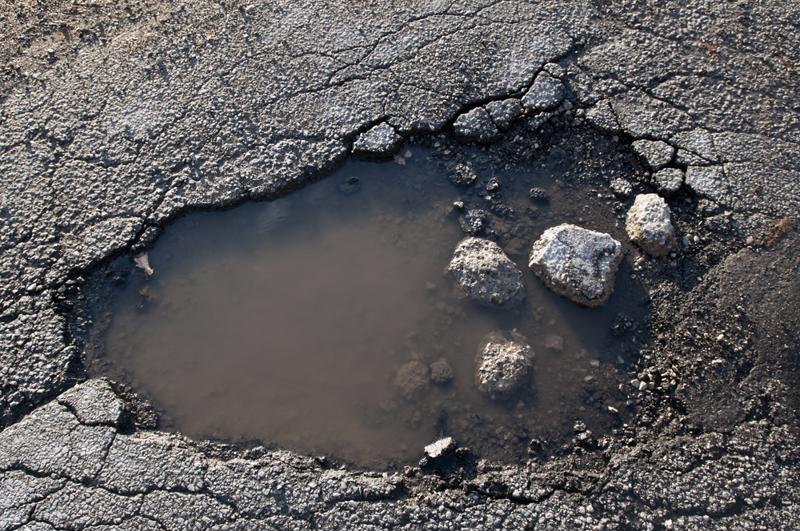The summer season is here, which means in addition to higher temperatures and sunnier days, you can expect a lot more traffic. In fact, new survey data from Prodege shows that 55% of Americans look to travel this summer, with 73% planning to drive.
With so many motorists sharing the road, it's essential that automobiles are in good condition and prepared for whatever challenges Mother Nature throws their way. From sudden downpours and treacherously wet roads to the hazards of potholes and heat stress on your vehicle, being prepared is key to staying safe on the road.
So with all that said, let's run through a few essential tips and pieces of advice for how you can handle these summer driving challenges.
Sharing the road with vacationers
If you're hitting the road in the summer, be sure to bring a heightened level of awareness and patience. Here's how you can navigate busy roads more effectively:
- Anticipate heavy traffic and plan your routes accordingly to avoid peak travel times.
- Maintain a safe distance from vehicles displaying luggage or rental car indicators, as they may be unfamiliar with the area.
- Use your turn signals early and communicate your intentions to other drivers.
- Be patient and courteous, allowing merging vehicles the space they need.
- Stay focused on the road and avoid distractions, such as smartphones or in-car entertainment systems.

Navigating wet roads
When summer storms roll in, road conditions can quickly become hazardous. To navigate wet roads safely, consider the following:
- Slow down and maintain a safe following distance to allow for increased stopping time.
- Ensure your tires have sufficient tread depth for optimal traction on wet surfaces.
- Avoid sudden maneuvers or abrupt braking to prevent hydroplaning.
- Keep your windshield wipers in good condition and use defogging techniques to maintain clear visibility.
- Be cautious of standing water and avoid flooded areas to prevent potential damage to your vehicle.
Tackling potholes
It can seem like potholes only multiply during the summer months, posing a threat to both your vehicle's tires and suspension. Here's how you can handle them effectively:
- Scan the road ahead and be vigilant for potholes, especially after heavy rainfall.
- Slow down and brace yourself for impact if you can't avoid one.
- Avoid swerving excessively to dodge potholes, as it may cause a collision with another vehicle.
- Maintain proper tire inflation to provide some cushioning against pothole impact.

Managing heat stress
Summer heat can take a toll on both you and your vehicle. The National Weather Service warns that vehicles with dark seats or dashboards could heat up to as high as 200 degrees F in the sun. Here's how to keep your vehicle cool during the scorching months:
- Check your vehicle's cooling system regularly, including the radiator, coolant levels and hoses, to prevent overheating.
- Park in shaded areas whenever possible to reduce heat buildup in the car's interior.
- Use sunshades and window visors to minimize direct sunlight and keep your vehicle's inside temperature lower.
- Stay hydrated and use air conditioning wisely to balance comfort and fuel efficiency.
- Pay attention to warning signs of overheating, such as steam from the hood or an illuminated temperature gauge. Take immediate action if needed.
Prioritizing car quality and maintenance
Ensuring that your vehicle is in optimal condition is paramount for safe and hassle-free summer driving. Consider the following regarding car quality and maintenance:
- Schedule regular maintenance checks and servicing for your vehicle, especially before embarking on long trips. This includes inspecting and maintaining the brakes, suspension, transmission and tires.
- Stay up to date with recommended service intervals provided by the vehicle manufacturer to maintain the longevity and reliability of your car.
- Invest in quality parts and components, such as brake pads, suspension components, transmission fluid and tires, to ensure optimal performance and safety.
- Keep a record of maintenance and repairs to track your vehicle's history and address any recurring issues effectively.
By being prepared and adopting a proactive approach, you can hit the road feeling more confident as you tackle this year's summer driving challenges.
Greening Testing Laboratories is a fully certified brake testing lab that provides a variety of brake testing services worldwide. Contact Greening for a complimentary consultation.
